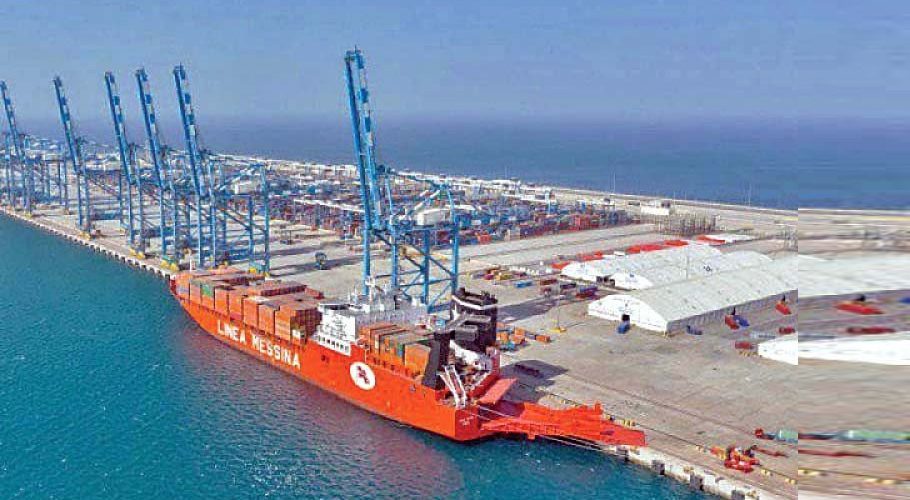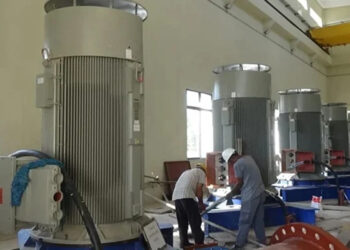The government, in a clear deviation from its prescribed tariff reform policy, has decided to retain regulatory duties (RDs) on more than 300 tariff lines (including seafood, fruits, and vegetables) in order to protect local producers. This move has raised questions about the credibility of the five-year Tariff Policy Reform (TPR) plan.
According to a report, the Federal Board of Revenue (FBR) on Monday issued a notification of the revised RDs after approval by the cabinet. This step contradicts the previously agreed decision under the TPR to completely abolish RDs on these items from July 1, a decision that had already been approved by the Prime Minister and the cabinet.
The report claims this U-turn was taken under pressure from local agricultural lobbies and specific industries, even though the total volume of imports of the affected items is only 0.02% of the country’s total imports. These items are still subject to 15 to 20 percent customs duty (CD) and 2.4 percent additional customs duty (ACD), while the current RD rates range from 10 to 35 percent.
Although the steering committee had recommended the complete abolition of RDs to simplify the tariff system and reduce consumer costs, a recommendation that was initially approved at the highest levels of government, the government has now reversed its decision, citing revenue requirements and the need to protect industry.
The sectors benefiting from this decision include polyester filament yarn, soda ash, hydrogen peroxide, ceramics, and iron and steel. For example, polyester filament yarn is now subject to 10 percent customs duty, 2.5 percent RD, and 5 to 20 percent anti-dumping duty. Previously, zero regulatory duty had been approved, but under industry pressure, this duty has been reimposed.


































